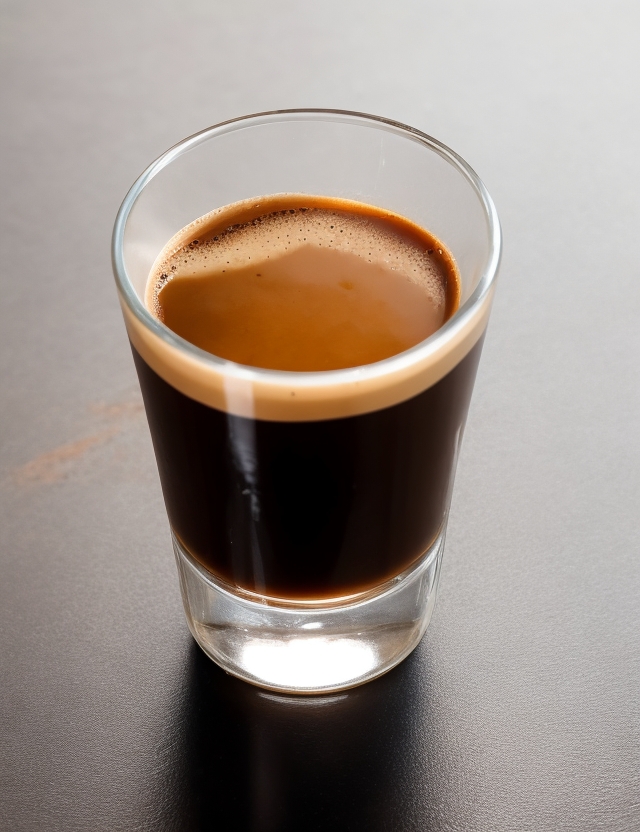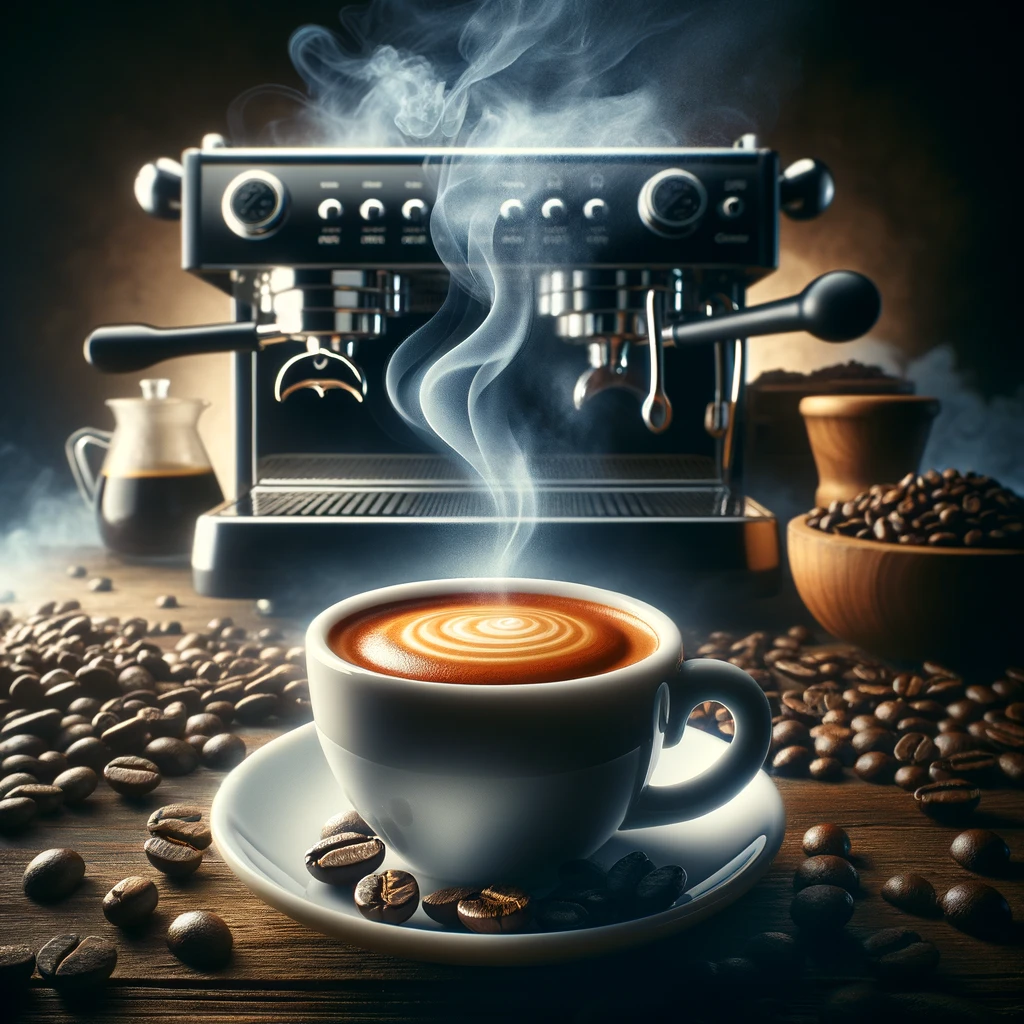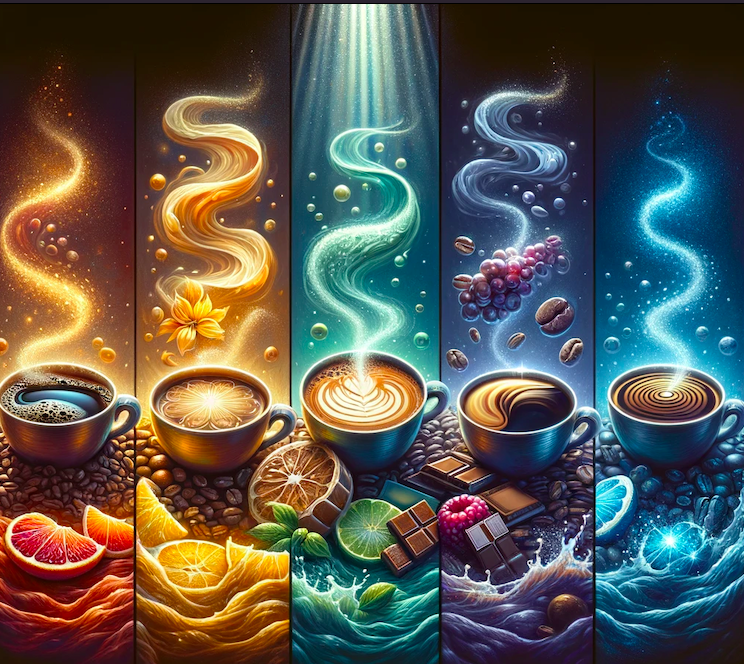This post may contains affiliate links which means I may receive a commission from purchases made through links. Learn more on my affiliate disclaimer.
Introduction
Unveiling the art and science of espresso, the embodiment of concentrated perfection, has a special place in the hearts of coffee enthusiasts worldwide. This small yet potent drink is not just a beverage; it’s an art form that requires skill, precision, and an understanding of the science behind extraction. In this comprehensive guide, we’ll take you on an exploration of the captivating world of espresso. From its intriguing history to the intricate brewing techniques, you’ll gain a deep appreciation for this flavorful elixir that has charmed palates for generations.
Expresso: A Flavorful Introduction
Bold, intense, and full of character, espresso has become a cornerstone of modern coffee culture. But did you know that the term “espresso” comes from the Italian word meaning “express” or “fast”? This reflects the speed at which this unique coffee is brewed—a mere 25-30 seconds. Originating in Italy, espresso has evolved into a global phenomenon that embraces tradition while leaving room for innovation.
The Espresso Machine: Heartbeat of Flavor
The espresso machine is the heart and soul of this remarkable coffee preparation. It’s a marvel of engineering that transforms coffee grounds into liquid gold. Semi-automatic, automatic, and super-automatic machines each offer a distinct level of control and convenience. Understanding the role of pressure, water temperature, and brewing time is essential for achieving that perfect shot of espresso.
Espresso Beans: Crafting the Blend
Selecting the right beans is vital for a harmonious espresso experience. Espresso beans are typically roasted longer and darker to create a robust and rich flavor profile. A blend of beans from various regions is often used to achieve a balance of acidity, bitterness, and sweetness. Single-origin espressos, however, highlight the unique flavors of beans from specific regions.
The Art of Pulling the Shot
Pulling the perfect espresso shot is a skill that requires practice, precision, and a bit of finesse. The process involves grinding the beans to a fine consistency, tamping them evenly, and placing the portafilter into the machine. The water is then forced through the coffee grounds, extracting the flavors and aromas in a matter of seconds. Achieving the ideal extraction time and balancing the flavors is the essence of espresso artistry.
Crema: The Crown Jewel
The crema, that luscious layer of frothy golden-brown goodness, is the hallmark of a well-pulled espresso shot. This creamy top isn’t just for show; it’s an essential component of the espresso experience. The crema traps the volatile aromatic compounds, creating a barrier that preserves the flavors and aromas until the moment you take your first sip.
Savoring the Espresso: A Sensory Journey
Tasting espresso is an art that engages all the senses. Take a moment to admire the crema’s color, inhale the rich aroma, and then take a sip. Let the flavors dance on your palate—notes of chocolate, caramel, fruitiness, or even nuttiness. The body of the espresso, its mouthfeel, and the lingering aftertaste all contribute to a sensory experience that’s both exhilarating and rewarding.
Espresso Etiquette and Culture
Espresso isn’t just a drink; it’s a cultural phenomenon that varies across different regions. In Italy, it’s sipped quickly while standing at the counter. In other places, it’s savored slowly as a moment of respite. Understanding these cultural nuances adds depth to your appreciation of espresso, allowing you to immerse yourself in the traditions that have shaped its legacy.
FAQs: Exploring Espresso’s Mysteries
Is espresso stronger than regular coffee?
Absolutely. The concentration of flavors and caffeine in espresso is much higher than in regular drip coffee.
Can I make espresso at home without an espresso machine?
What’s the difference between a single shot and a double shot of espresso?
A single shot uses around 7-9 grams of coffee grounds, while a double shot uses approximately 14-18 grams. The double shot is stronger and more intense.
How fine should I grind the coffee for espresso?
The grind should be fine, similar to table salt. This ensures proper extraction and a balanced flavor profile.
Can I use any type of coffee beans for espresso?
Can I add milk or sugar to espresso?
Absolutely! Espresso forms the base for various drinks like lattes, cappuccinos, and macchiatos. Customize your espresso experience to your liking.
Conclusion: Unveiling the Art and Science of Espresso
In the world of coffee, espresso stands as a testament to the marriage of science and artistry. From its origins in Italy to the intricate brewing techniques and cultural rituals that surround it, espresso is a gateway to a world of flavors and aromas that delight the senses. As you embark on your journey to become an espresso connoisseur, remember that every shot pulled is an opportunity to explore the nuances and complexities that make this beverage a true masterpiece. So, embrace the process, savor each sip, and let the magic of espresso enchant you time and time again.





